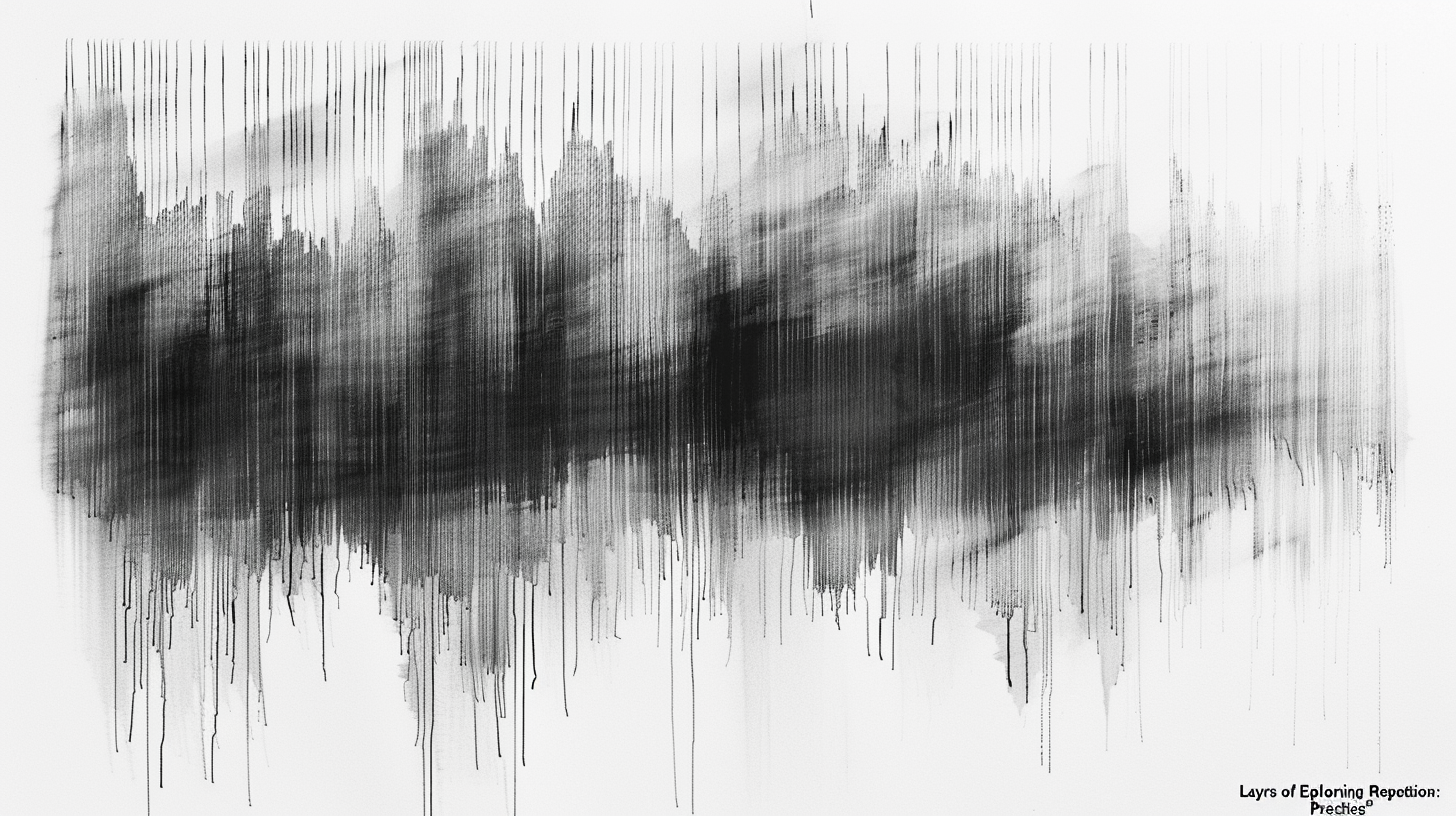
Repetition is a key element in the artistic practice of Idris Khan, a British-Pakistani artist. Khan’s works often involve layering scans or photographs of secondary sources, such as classical sheet music or pages from the Qur’an. This repeated layering of images serves two purposes: it adds a meditative quality to the artwork and speaks to the complex and “layered” nature of memory and identity.
Khan’s exploration of repetition and layering can be seen as a reflection of our modern society, where information and images are constantly repeated and layered through various media platforms. This raises interesting questions about the future trends in art and the potential impact of technology and digital media.
One potential future trend related to Khan’s work is the further integration of technology into the artistic process. As technology continues to advance, artists may experiment with new ways of layering and repeating images, using digital tools and software to create more complex and intricate compositions. Virtual reality and augmented reality may also play a role in this trend, allowing viewers to immerse themselves in multi-layered artworks and experience them in a whole new way.
Another possible future trend is the exploration of identity and memory in the digital age. Khan’s work often touches on themes of cultural and personal identity, and as our digital footprint becomes more significant, artists may find new ways to incorporate this aspect into their work. The layering of digital images, social media posts, and online interactions could be a powerful tool for examining how our identities are formed and how our memories are shaped by our online presence.
Furthermore, the future of art could see a shift towards more collaborative and interactive experiences. With the rise of social media and online communities, artists could engage with viewers in real-time, allowing them to contribute to the creation of an artwork. This could involve crowd-sourcing images or data to be layered and repeated, resulting in a collective artwork that reflects the multitude of voices and perspectives.
In addition to these potential future trends, there are some recommendations for the industry based on Khan’s practice. Firstly, it is important for artists to embrace new technologies and incorporate them into their creative process. This can lead to the development of innovative and engaging artworks that resonate with contemporary audiences. Secondly, the art world should continue to support and promote diverse voices and perspectives. Khan’s work, which draws inspiration from both Western classical music and Islamic texts, exemplifies the richness that comes from embracing different cultural influences. By fostering an inclusive and diverse art community, we can ensure that future trends are representative of the global society we live in.
In conclusion, Idris Khan’s exploration of repetition and layering in his artwork opens up a world of possibilities for the future of art. With the advancement of technology, the exploration of identity in the digital age, and the potential for collaborative and interactive experiences, the art world is poised for exciting developments. By embracing new technologies and promoting diversity, the industry can cultivate an environment that encourages innovation and creativity.
References:
1. Idris Khan – Victoria Miro. (n.d.). Retrieved October 17, 2021, from https://www.victoria-miro.com/artists/2-idris-khan/
2. Artist profile: Idris Khan. (n.d.). Retrieved October 17, 2021, from https://whitecube.com/artists/artist/idris_khan
3. Idris Khan. (2021, January 26). Retrieved October 17, 2021, from https://www.khanacademy.org/humanities/global-culture/global-art-art-history/v/british-artists-idris-khan
